Hazmat freight forwarding involves the transportation of hazardous materials from one location to another. These materials require special handling, packaging, and documentation to ensure safety and compliance with various regulations. Freight forwarders specializing in hazmat shipments must be well-versed in international and domestic regulations, as well as adept in executing risk management strategies to prevent incidents during transit.
What Are Hazardous Materials (Hazmat)?
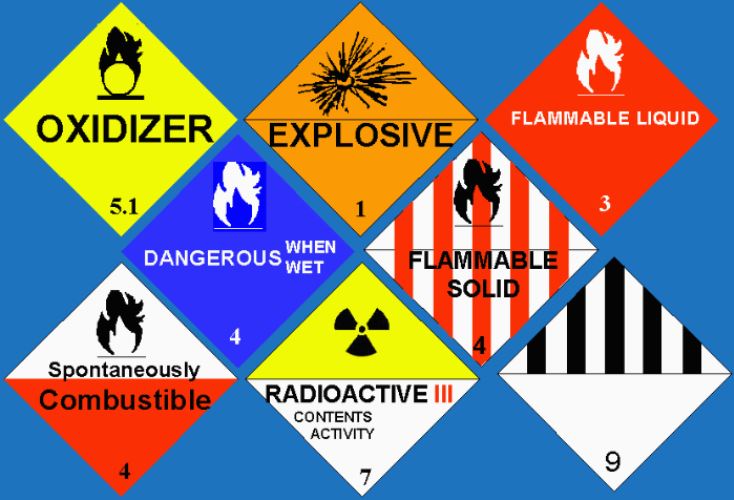
Definition and Classification of Hazardous Materials
Hazardous materials, or hazmat, are substances that pose a potential risk to health, safety, or the environment during transportation. They are classified based on their chemical and physical properties. The primary classes of hazmat include:
- Explosives (Class 1)
- Gases (Class 2)
- Flammable Liquids (Class 3)
- Flammable Solids (Class 4)
- Oxidizing Substances and Organic Peroxides (Class 5)
- Toxic and Infectious Substances (Class 6)
- Radioactive Material (Class 7)
- Corrosives (Class 8)
- Miscellaneous Hazardous Materials (Class 9)
Common Hazmat Categories Shipped from China to the US
From China to the US, the most commonly shipped hazardous materials include:
- Chemicals: Used in various industries such as pharmaceuticals, manufacturing, and agriculture.
- Batteries: Particularly lithium batteries, which are classified as dangerous goods due to their flammable and reactive nature.
- Industrial Raw Materials: Various flammable or corrosive substances used in manufacturing processes.
- Medical Supplies: Including radioactive materials used in medical imaging and treatments.
Regulations and Compliance
Overview of International Regulations (IMDG, IATA, etc.)
Shipping hazardous materials internationally requires adherence to several key regulations:
- IMDG Code: Governs the maritime transportation of dangerous goods and ensures safe and secure shipping by sea.
- IATA Dangerous Goods Regulations (DGR): Sets the rules for safe air transport of hazardous materials.
- ADR: European Agreement concerning the International Carriage of Dangerous Goods by Road.
US Regulations (DOT, EPA, OSHA)
In the US, several agencies regulate the transportation of hazardous materials:
- Department of Transportation (DOT): Oversees the safe transportation of hazardous materials by all modes of transportation.
- Environmental Protection Agency (EPA): Regulates environmental aspects, ensuring that hazardous materials do not harm the environment.
- Occupational Safety and Health Administration (OSHA): Ensures workplace safety during the handling and transportation of hazardous materials.
China’s Regulations on Hazmat Shipping
China also has stringent regulations to control the shipping of hazardous materials:
- China Maritime Safety Administration (MSA): Implements regulations for the maritime transport of dangerous goods.
- Civil Aviation Administration of China (CAAC): Regulates the air transport of hazardous materials.
- Ministry of Emergency Management (MEM): Oversees the overall management of hazardous materials safety.
By understanding and adhering to these regulations, shippers can ensure the safe and compliant transportation of hazmat from China to the US. Choosing a reliable freight forwarder like Dantful International Logistics can significantly streamline this complex process, providing peace of mind and ensuring timely delivery.
Choosing a Reliable Hazmat Freight Forwarder
Key Qualities of a Good Hazmat Freight Forwarder
Selecting the right hazmat freight forwarder is crucial for ensuring the safe and efficient transportation of hazardous materials. Here are some key qualities to look for:
- Expertise in Hazmat Regulations: The forwarder should have a thorough understanding of international and domestic regulations such as the IMDG, IATA, DOT, and EPA guidelines.
- Experienced Staff: The team should be trained and certified in handling hazardous materials, including proper packaging, documentation, and emergency response.
- Robust Network: A reliable network of carriers and service providers can ensure timely and secure transport.
- Customer Service: Responsive and knowledgeable customer support is essential for addressing any issues or concerns promptly.
- Track Record: Look for a forwarder with a proven track record in handling hazmat shipments, including client testimonials and case studies.
Why Choose Dantful International Logistics?
Dantful International Logistics stands out for several reasons:
- Comprehensive Services: We offer a one-stop solution for all your hazmat shipping needs, including customs clearance, warehouse services, and insurance services.
- Regulatory Compliance: Our team ensures full compliance with all relevant regulations, minimizing the risk of fines or delays.
- Cost-Effective Solutions: We provide competitive pricing without compromising on service quality.
- Global Reach: With a robust network spanning multiple countries, we can handle shipments to and from various locations.
- Customer Satisfaction: Our clients trust us for our reliability, professionalism, and exceptional customer service.
Documentation and Packaging
Essential Documentation for Hazmat Shipments
Proper documentation is crucial for the safe and compliant transportation of hazardous materials. Essential documents include:
- Material Safety Data Sheet (MSDS): Provides detailed information on the chemical properties, hazards, and handling precautions.
- Dangerous Goods Declaration (DGD): Certifies that the shipment complies with all relevant regulations.
- Shipping Papers: Include the bill of lading, packing list, and commercial invoice.
- Emergency Response Information: Details the actions to be taken in case of an emergency.
Proper Packaging Techniques and Requirements
Packaging hazardous materials correctly is vital to prevent leaks, spills, and other incidents. Key requirements include:
- UN-Approved Packaging: The packaging must meet UN standards for strength and durability.
- Labeling and Marking: Proper labels and marks indicating the type of hazard, UN number, and handling instructions.
- Inner and Outer Packaging: Use appropriate inner containers and secure them within a strong outer container.
- Absorbent Materials: Include absorbent materials to handle potential leaks.
Shipping Methods for Hazmat Freight
Air Freight
Air freight is ideal for urgent shipments and high-value items. Key benefits include:
- Speed: Fast transit times, often within 1-3 days.
- Security: High security due to stringent airline regulations.
- Global Reach: Access to remote and distant locations.
Ocean Freight
Ocean freight is suitable for large volumes and less time-sensitive shipments. Key benefits include:
- Cost-Efficiency: More economical for bulk shipments.
- Capacity: Ability to handle large quantities and oversized items.
- Environmental Footprint: Lower carbon emissions per unit compared to air freight.
When to Use Each Method
- Air Freight: Choose air freight for urgent, high-value, or limited quantity shipments.
- Ocean Freight: Opt for ocean freight when cost is a primary concern, and you are shipping large volumes or oversized items.
Cost Factors and Considerations
Breakdown of Cost Components
Understanding the cost components can help you optimize your shipping budget. Key factors include:
- Freight Charges: Cost of transporting the goods via air or sea.
- Packaging Costs: Expenses for compliant packaging materials.
- Documentation Fees: Costs for preparing and filing necessary documents.
- Insurance: Premiums for insuring the shipment against potential risks.
- Handling Charges: Fees for loading, unloading, and handling the goods.
How to Optimize Costs for Hazmat Shipping
- Consolidation: Combine smaller shipments into one to reduce per-unit costs.
- Negotiation: Negotiate better rates with your freight forwarder.
- Packaging Efficiency: Use the most efficient packaging to minimize weight and volume.
- Mode Selection: Choose the most cost-effective mode of transport based on your shipment’s urgency and volume.
- Compliance: Ensure full compliance to avoid fines and delays.
Safety Measures and Risk Management
Safety Protocols for Hazardous Materials Handling
Ensuring the safety of hazmat shipments involves several protocols:
- Proper Training: Staff must be trained in hazmat handling, including emergency response.
- Inspection: Regular inspections of packaging and documentation.
- Emergency Procedures: Established protocols for dealing with spills, leaks, and other emergencies.
- Safety Equipment: Availability of personal protective equipment (PPE) and spill containment kits.
Risk Management Strategies
Effective risk management can prevent accidents and minimize their impact:
- Pre-Shipment Risk Assessment: Evaluate potential risks and implement mitigation strategies.
- Real-Time Monitoring: Use tracking systems to monitor the shipment’s status and respond to any issues promptly.
- Insurance: Comprehensive insurance coverage to protect against financial losses.
- Contingency Planning: Develop and regularly update contingency plans for various scenarios.
By choosing a reliable freight forwarder like Dantful International Logistics, you can ensure the safe, compliant, and cost-effective transportation of hazardous materials from China to the US. For more information on our hazmat shipping services, visit Dantful International Logistics.
FAQ
1. What is considered a hazardous material (hazmat)?
Hazardous materials (hazmat) are substances that pose a risk to health, safety, property, or the environment due to their chemical or physical properties. Examples include explosives, gases, flammable liquids, toxic substances, and corrosives. These materials are classified into different categories, such as Class 1 (Explosives) and Class 8 (Corrosives), based on their specific hazards.
2. Why is it important to use a specialized hazmat freight forwarder?
Using a specialized hazmat freight forwarder is crucial because they have the expertise and experience to handle hazardous materials safely and compliantly. They are familiar with international regulations, proper packaging techniques, and the necessary documentation. This minimizes the risk of accidents, delays, fines, and ensures the safe and efficient transportation of your goods.
3. What documentation is required for hazmat shipments?
Essential documentation for hazmat shipments includes:
- Material Safety Data Sheet (MSDS): Detailed information about the material’s properties and hazards.
- Dangerous Goods Declaration (DGD): A certification that the shipment complies with relevant regulations.
- Shipping Papers: Such as the bill of lading, packing list, and commercial invoice.
- Emergency Response Information: Instructions for handling emergencies.
4. How should hazardous materials be packaged?
Hazardous materials should be packaged in accordance with UN-approved standards. This includes using durable outer containers and secure inner packaging. Proper labeling and marking are also essential to indicate the hazard class, UN number, and handling instructions. Absorbent materials should be included to manage potential leaks.
5. What shipping methods are available for hazmat freight?
Hazmat freight can be shipped via:
- Air Freight: Ideal for urgent and high-value shipments due to its speed and security.
- Ocean Freight: Suitable for larger volumes and less time-sensitive shipments due to its cost-effectiveness and capacity.
6. What are the cost factors for hazmat shipping?
Key cost factors for hazmat shipping include:
- Freight Charges: Costs for air or sea transport.
- Packaging Costs: Expenses for compliant packaging materials.
- Documentation Fees: Costs for preparing necessary documents.
- Insurance: Premiums for insuring the shipment.
- Handling Charges: Fees for loading, unloading, and handling the goods.
7. How can I optimize costs for hazmat shipping?
To optimize costs:
- Consolidate Shipments: Combine smaller shipments to reduce per-unit costs.
- Negotiate Rates: Work with your freight forwarder to get better rates.
- Efficient Packaging: Use packaging that minimizes weight and volume.
- Choose the Right Mode: Select the most cost-effective transport mode based on urgency and volume.
- Ensure Compliance: Avoid fines and delays by complying with all regulations.
8. How do I ensure safety and risk management for hazmat shipments?
Key safety measures include:
- Proper Training: Ensure staff is trained in hazmat handling and emergency response.
- Regular Inspections: Check packaging and documentation regularly.
- Emergency Procedures: Have protocols in place for spills and other emergencies.
- Safety Equipment: Provide personal protective equipment (PPE) and spill containment kits.
Risk management strategies include:
- Risk Assessment: Evaluate risks and implement mitigation strategies before shipment.
- Real-Time Monitoring: Track shipments to respond promptly to any issues.
- Insurance: Obtain comprehensive coverage to protect against financial losses.
- Contingency Planning: Develop and regularly update contingency plans for various scenarios.
References
- IMDG Code: International Maritime Dangerous Goods Code – Regulations for maritime shipping of hazardous materials. IMDG Code
- IATA Dangerous Goods Regulations (DGR): Guidelines for the safe air transport of dangerous goods. IATA DGR
- US Department of Transportation (DOT): Oversees the transportation of hazardous materials within the US. DOT Hazardous Materials
- Environmental Protection Agency (EPA): Regulates the environmental aspects of hazardous materials. EPA Hazardous Waste
- Occupational Safety and Health Administration (OSHA): Ensures workplace safety during the handling of hazardous materials. OSHA Hazardous Materials
- China Maritime Safety Administration (MSA): Implements regulations for the maritime transport of dangerous goods in China. MSA Dangerous Goods
- Civil Aviation Administration of China (CAAC): Regulates air transport of hazardous materials in China. CAAC Dangerous Goods
- Ministry of Emergency Management (MEM): Oversees hazardous materials safety management in China. MEM Hazardous Materials
By choosing Dantful International Logistics, you can navigate the complexities of hazmat shipping with confidence. Our team of experts ensures full compliance, safety, and cost-effectiveness for your shipments from China to the US.

Young Chiu is a seasoned logistics expert with over 15 years of experience in international freight forwarding and supply chain management. As CEO of Dantful International Logistics, Young is dedicated to providing valuable insights and practical advice to businesses navigating the complexities of global shipping.



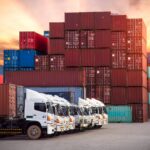
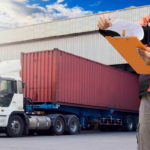


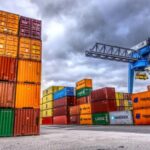

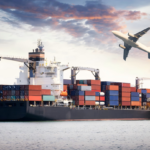

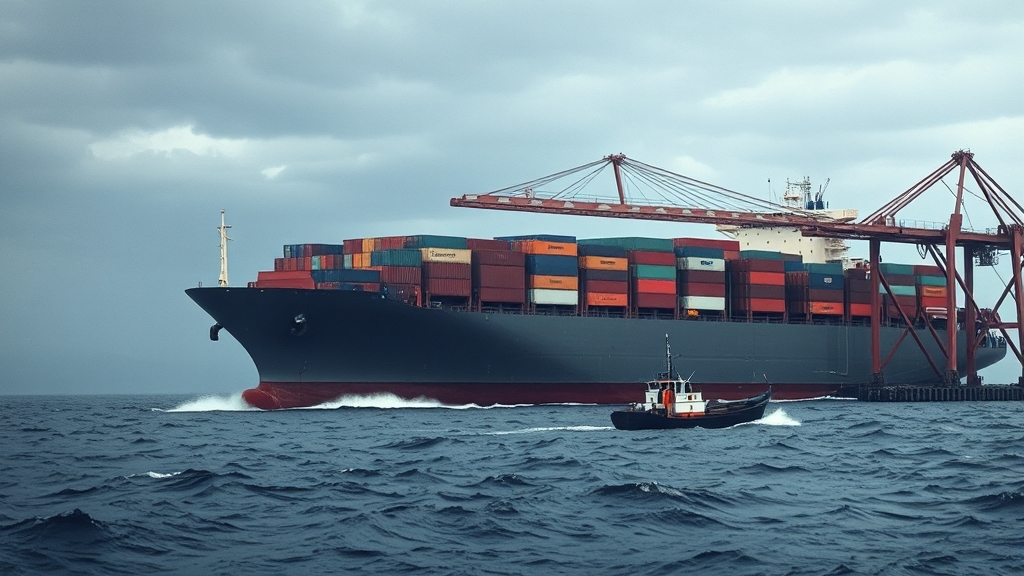
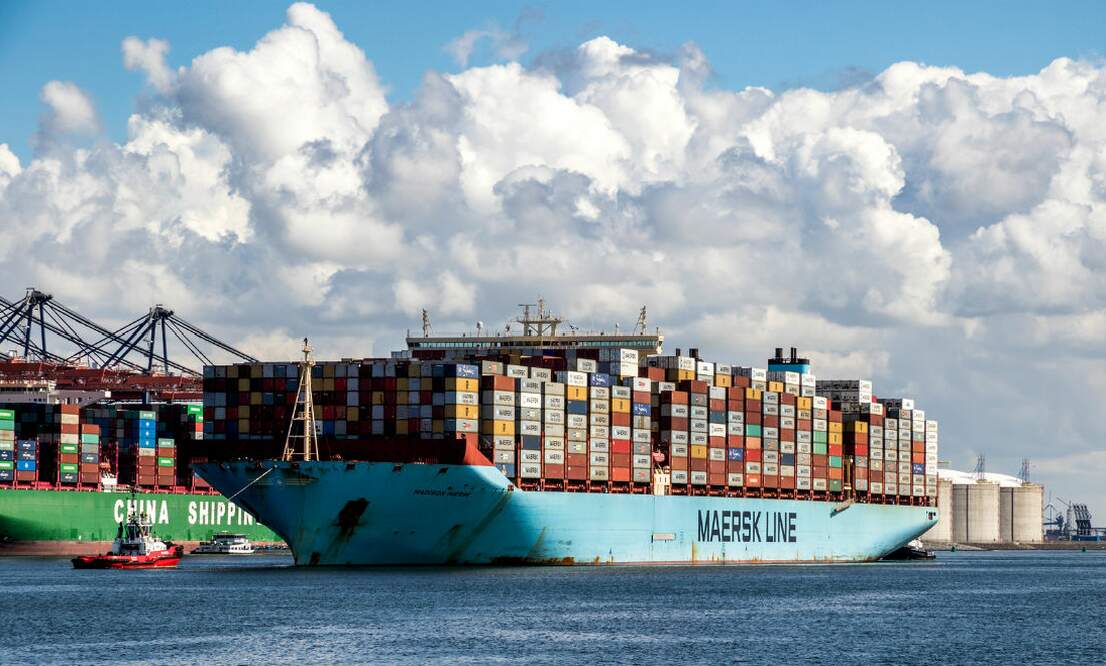
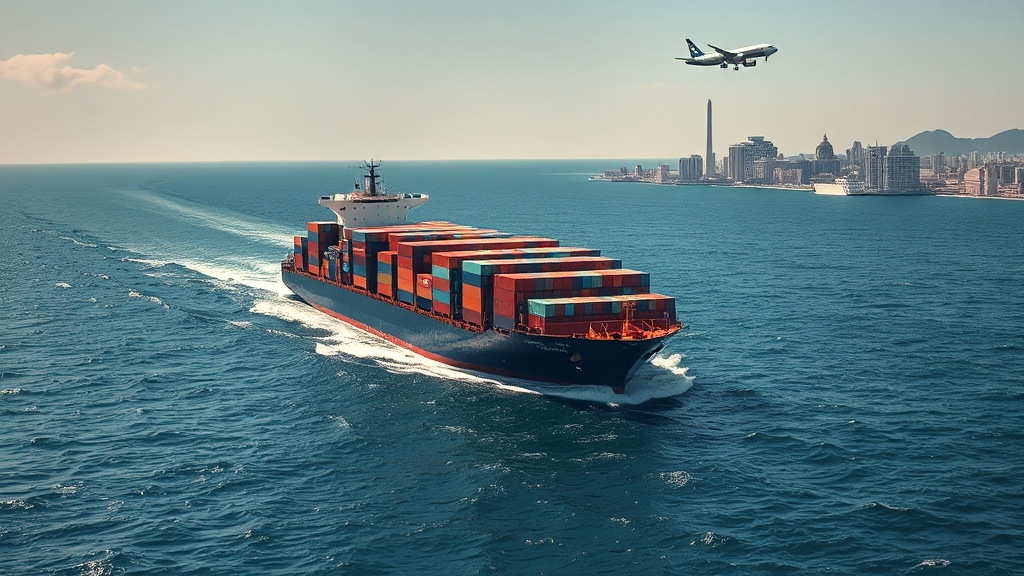
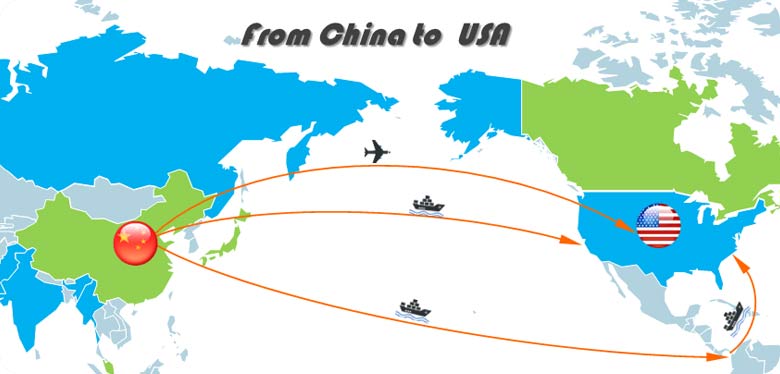
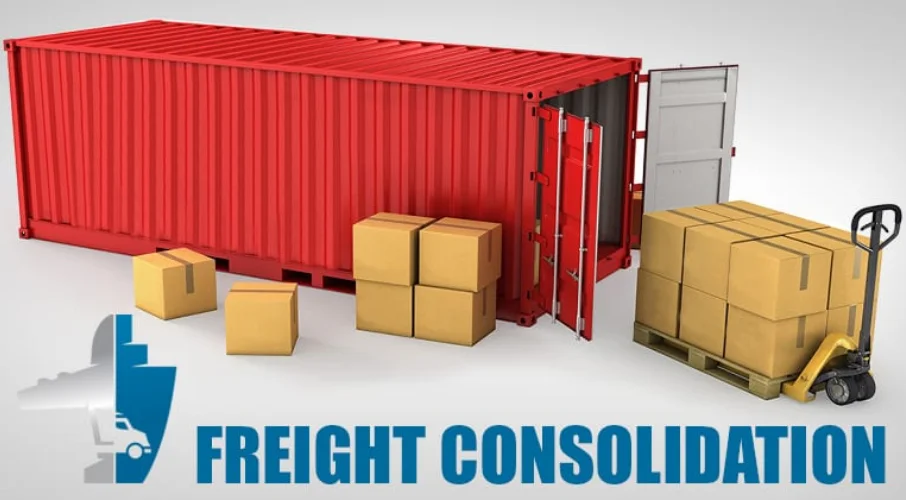





 Afrikaans
Afrikaans Shqip
Shqip አማርኛ
አማርኛ العربية
العربية Հայերեն
Հայերեն Azərbaycan dili
Azərbaycan dili Euskara
Euskara Беларуская мова
Беларуская мова বাংলা
বাংলা Bosanski
Bosanski Български
Български Català
Català Cebuano
Cebuano Chichewa
Chichewa 简体中文
简体中文 繁體中文
繁體中文 Corsu
Corsu Hrvatski
Hrvatski Čeština
Čeština Dansk
Dansk Nederlands
Nederlands English
English Esperanto
Esperanto Eesti
Eesti Filipino
Filipino Suomi
Suomi Français
Français Galego
Galego ქართული
ქართული Deutsch
Deutsch Ελληνικά
Ελληνικά Kreyol ayisyen
Kreyol ayisyen Harshen Hausa
Harshen Hausa Ōlelo Hawaiʻi
Ōlelo Hawaiʻi עִבְרִית
עִבְרִית हिन्दी
हिन्दी Hmong
Hmong Magyar
Magyar Íslenska
Íslenska Igbo
Igbo Bahasa Indonesia
Bahasa Indonesia Gaeilge
Gaeilge Italiano
Italiano 日本語
日本語 Basa Jawa
Basa Jawa ಕನ್ನಡ
ಕನ್ನಡ Қазақ тілі
Қазақ тілі ភាសាខ្មែរ
ភាសាខ្មែរ 한국어
한국어 كوردی
كوردی Кыргызча
Кыргызча ພາສາລາວ
ພາສາລາວ Latin
Latin Latviešu valoda
Latviešu valoda Lietuvių kalba
Lietuvių kalba Lëtzebuergesch
Lëtzebuergesch Македонски јазик
Македонски јазик Malagasy
Malagasy Bahasa Melayu
Bahasa Melayu മലയാളം
മലയാളം Maltese
Maltese Te Reo Māori
Te Reo Māori मराठी
मराठी Монгол
Монгол ဗမာစာ
ဗမာစာ नेपाली
नेपाली Norsk bokmål
Norsk bokmål پښتو
پښتو فارسی
فارسی Polski
Polski Português
Português ਪੰਜਾਬੀ
ਪੰਜਾਬੀ Română
Română Русский
Русский Samoan
Samoan Gàidhlig
Gàidhlig Српски језик
Српски језик Sesotho
Sesotho Shona
Shona سنڌي
سنڌي සිංහල
සිංහල Slovenčina
Slovenčina Slovenščina
Slovenščina Afsoomaali
Afsoomaali Español
Español Basa Sunda
Basa Sunda Kiswahili
Kiswahili Svenska
Svenska Тоҷикӣ
Тоҷикӣ தமிழ்
தமிழ் తెలుగు
తెలుగు ไทย
ไทย Türkçe
Türkçe Українська
Українська اردو
اردو O‘zbekcha
O‘zbekcha Tiếng Việt
Tiếng Việt Cymraeg
Cymraeg יידיש
יידיש Yorùbá
Yorùbá Zulu
Zulu